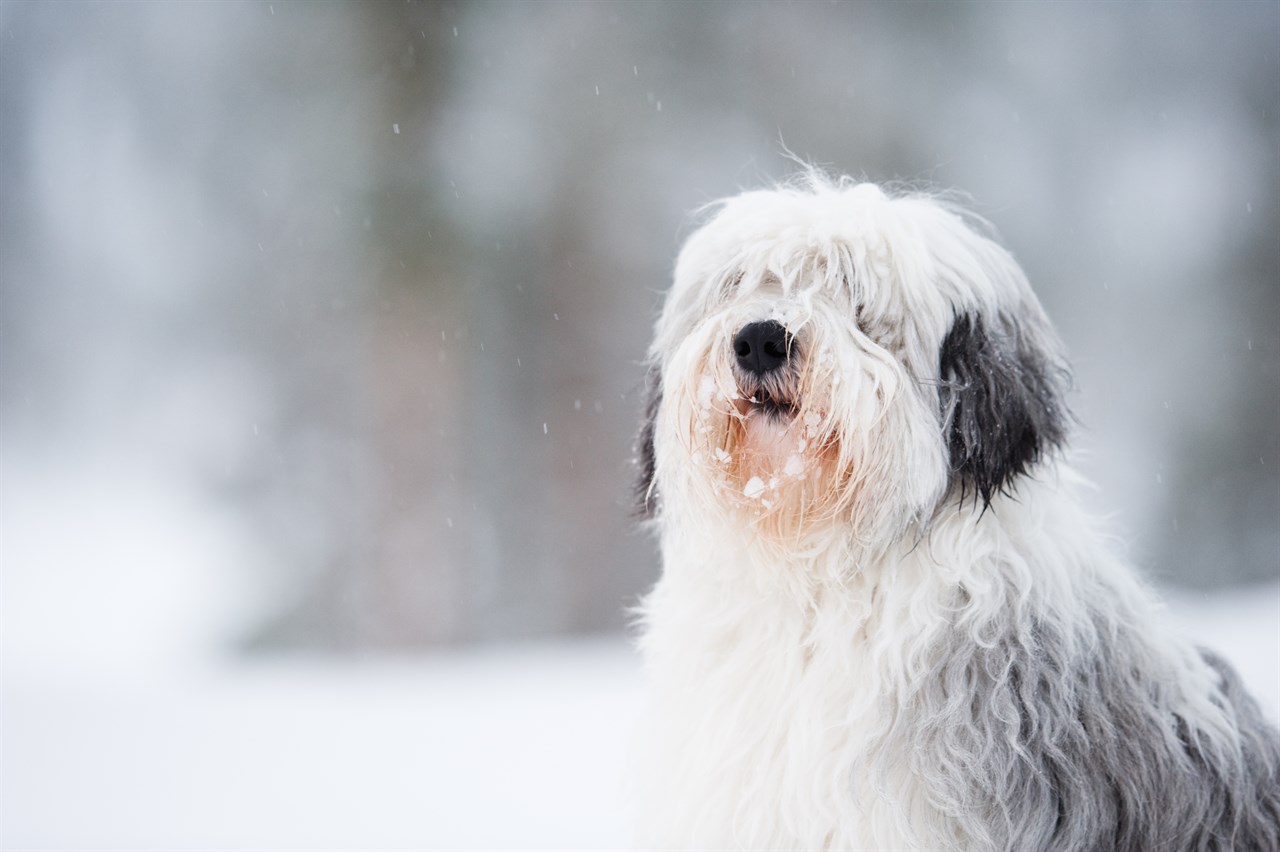Polish Lowland Sheepdog: A Versatile Herding Breed

The Polish Lowland Sheepdog, often affectionately referred to as the "PON" (pronounced pown), is a charming and versatile breed known for its distinctive shaggy coat, intelligence, and unwavering devotion to its family. This long-form piece will delve into the history, breed group, size, coat, colour, appearance, and address some frequently asked questions about this unique and endearing canine companion.
Breed History
The history of the Polish Lowland Sheepdog is rich and dates back several centuries. This breed originated in the lowlands of Poland, where it was primarily bred for herding and guarding livestock. The PON's roots can be traced to the herding dogs that accompanied the Huns and the Poles who migrated across Europe in the 6th century. Over the centuries, the breed evolved and adapted to the harsh climate and rugged terrain of the Polish lowlands.
During World War II, the Polish Lowland Sheepdog faced a decline in numbers due to the devastating impact of the war. However, dedicated breed enthusiasts worked diligently to revive the breed, and today, it enjoys a growing popularity not only in Poland but also in various parts of the world.
Also Known As
Polish Lowland Sheepdogs are also known as Polski Owczarek Nizinny (PON). This breed is often referred to by its acronym "PON" in English-speaking countries.
Breed Group
The Polish Lowland Sheepdog belongs to the Herding Group, as classified by major canine organisations like the American Kennel Club (AKC) and the United Kennel Club (UKC). Herding dogs are known for their intelligence, agility, and the ability to work closely with humans to control and protect livestock.
Breed Size
Polish Lowland Sheepdogs are medium-sized dogs, with males typically standing between 46 to 51 cm at the shoulder, while females are slightly smaller, ranging from 43 to 48 cm. Their weight typically falls between 14 to 23 kg.
Breed Coat, Colour, and Appearance
One of the most distinctive features of the Polish Lowland Sheepdog is its thick, double coat. Their coat is weather-resistant and consists of a dense, soft undercoat and a longer, shaggy topcoat. The coat is typically wavy or curly, and it covers the entire body, including the face and eyes. This unique coat serves to protect the PON from harsh weather conditions and provides insulation in both hot and cold climates.
Polish Lowland Sheepdogs come in a variety of colours, including black, chocolate, grey, and white, often with white markings or patches. Their expressive eyes are oval and dark, exuding a kind and intelligent gaze. Their ears are set high and drop down, covered in the characteristic shaggy fur. They have a square-shaped body with a well-muscled build, conveying strength and agility.
Does a Polish Lowland Sheepdog have a tail?
Yes, Polish Lowland Sheepdogs do have tails. Their tails are typically long and bushy, covered in the same shaggy fur as the rest of their body. They often carry their tails in a high, curled position when alert and active.
What is the purpose of the Polish Lowland Sheepdog?
The primary purpose of the Polish Lowland Sheepdog, as its name suggests, is herding and guarding livestock. Their intelligence, agility, and strong herding instincts make them excellent at controlling and protecting flocks of sheep and other livestock. Additionally, their friendly and loyal nature also makes them wonderful family pets and companions.
What is the national dog of Poland?
The Polish Lowland Sheepdog is often considered one of the national breeds of Poland, along with the Polish Hound and the Tatra Shepherd Dog. While there isn't a single "national dog" of Poland, these breeds hold a special place in the country's canine heritage.
In conclusion, the Polish Lowland Sheepdog is a remarkable breed with a rich history as a herding and working dog. Its distinctive appearance, intelligence, and versatility have earned it a special place in the hearts of dog enthusiasts worldwide. Whether herding sheep in the fields or providing affectionate companionship at home, the PON excels in all roles and continues to capture the hearts of those lucky enough to share their lives with this remarkable breed.
Continue reading our Polish Lowland Sheepdog in-depth articles
- Polish Lowland Sheepdog Temperament and Behaviour
- Polish Lowland Sheepdog Training and Socialisation
- Polish Lowland Sheepdog Toilet Training
- Polish Lowland Sheepdog Barking Habits
- Polish Lowland Sheepdog Grooming Requirements
- Polish Lowland Sheepdog Shedding Behaviour
- Polish Lowland Sheepdog Sleeping Behaviour
- Polish Lowland Sheepdog Diet and Feeding Requirements
- Polish Lowland Sheepdog Average Lifespan
- Polish Lowland Sheepdog Exercise Requirements
- Polish Lowland Sheepdog Common Health Issues
- Polish Lowland Sheepdog Suitability Guide
- Polish Lowland Sheepdog Advantages
- Polish Lowland Sheepdog Disadvantages
- Polish Lowland Sheepdog Cost to Buy and Own
- Polish Lowland Sheepdog Clubs and Links
- Selling Polish Lowland Sheepdog Puppy Litters and Dogs
- Buying Polish Lowland Sheepdog Puppies and Dogs
- Polish Lowland Sheepdog Alternatives
Polish Lowland Sheepdog puppies for sale
- Find Polish Lowland Sheepdog puppies for sale in ACT
- Find Polish Lowland Sheepdog puppies for sale in NSW
- Find Polish Lowland Sheepdog puppies for sale in NT
- Find Polish Lowland Sheepdog puppies for sale in QLD
- Find Polish Lowland Sheepdog puppies for sale in SA
- Find Polish Lowland Sheepdog puppies for sale in TAS
- Find Polish Lowland Sheepdog puppies for sale in VIC
- Find Polish Lowland Sheepdog puppies for sale in WA